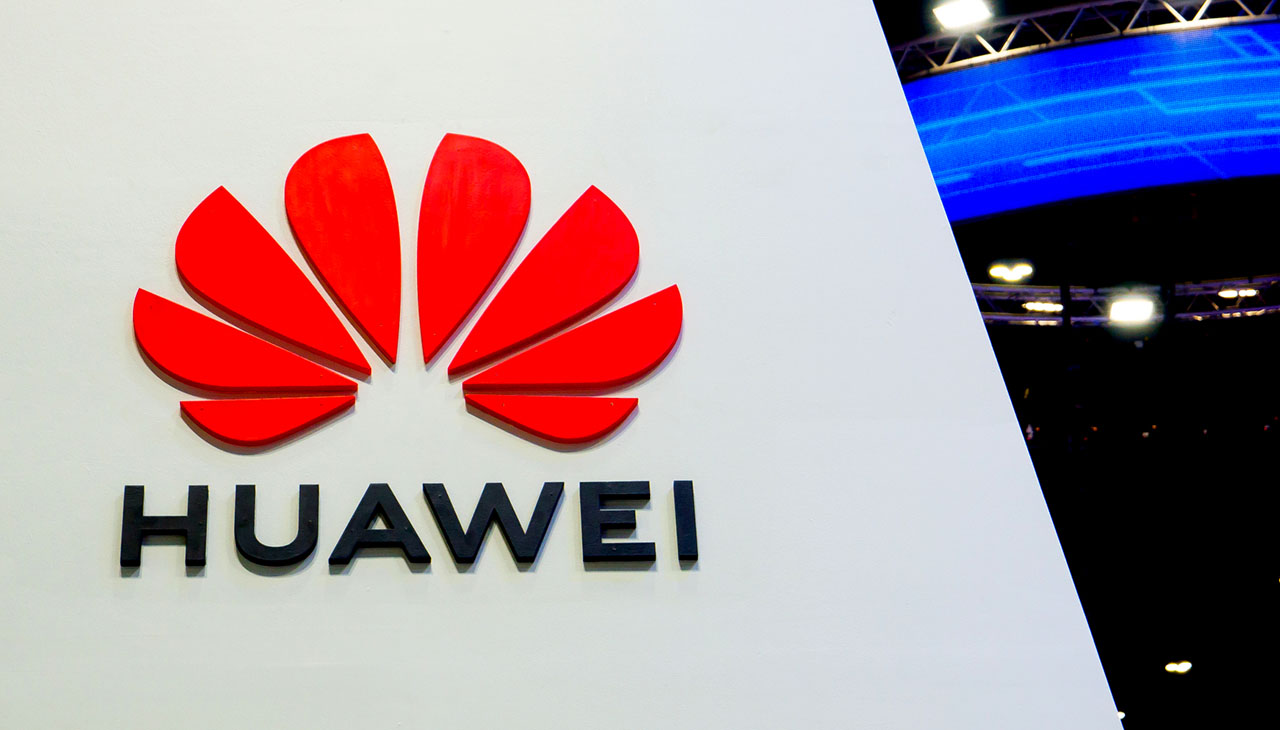Business
Can Huawei stand against the US?

Last week, the United States government put Huawei and its affiliates partners on a trade blacklist that prevented the Chinese company from buying services and parts from the US companies without approval.
Even though the US companies like Google, Qualcomm, Broadcom, and ARM are reportedly starting to comply with the US regulations. Following the ban, the companies have told their employees they will not supply Huawei until further notice.
Hongmeng: Here’s everything you need to know about Huawei’s Operating System
Ren Zhengfei, Huawei’s founder and CEO, said Huawei was fully prepared for a clash with the US because Huawei had become a global tech giant. He rejected concerns that the US ban would have a destructive effect on the company’s operations and profits.
Ren said the US ban has no impact on Huawei’s 5G plans and that its rivals cannot catch up with the company for at least two to three years, adding that US politicians have underestimated the company.
On Monday, the US government lifted some restrictions on Huawei. The US now allow the Chinese company to purchase the US components so it can maintain existing networks and provide software updates to existing Huawei devices. However, Huawei can’t purchase parts and components to manufacture new products without license approvals. The rollback will be in effect for 90 days.
What Huawei has in the pocket?
Huawei’s owned semiconductor unit HiSilicon, which manufactures chips for smartphones and servers for the company.
Ren said that Huawei will not easily give up on US chips but has a backup. The company is able to make American-quality semiconductors but does not mean it will not buy them, he said.
Richard Yu Chengdong, Huawei’s smartphone unit head, also confirmed in March that Huawei has developed its own operating systems for smartphones and computers.
Additionally, Huawei has been checking with its non-US suppliers to verify whether they are still able to work with the company or not.
At the end of the last year, Huawei released a list of key suppliers – of the company’s hundreds of global suppliers, it considers 92 as the core companies, including 33 US companies, 25 from China, 11 from Japan and 10 from Taiwan. The remaining are from countries and regions including Germany, South Korea, and Hong Kong.
It has a business presence in more than 170 countries and regions around the world and works with more than 13,000 domestic and global suppliers. Huawei’s total purchases expenditure reached US$70 billion in 2018.
The company was ready for the restrictions, CEO Ren Zhengfei said on Tuesday. Do you agree with the CEO’s response?
We want to know: Can Huawei stand against the US? Let us know in the comments below.







